labview和西门子plc通信
知识点和领域范围:LabVIEW、西门子PLC、通信
LabVIEW是一种图形化编程环境,用于控制和测量系统的设计和开发。它提供了一个直观的界面,使工程师能够通过拖放和连接图标来创建程序。西门子PLC(可编程逻辑控制器)是一种常用的工业自动化设备,用于控制和监控生产过程。通信是指不同设备之间的数据交换和信息传递。
延申科普:
LabVIEW是一种流行的编程语言和开发环境,广泛应用于自动化、测量和控制系统。它的图形化编程方式使得非专业编程人员也能够快速开发复杂的控制系统。LabVIEW可以与各种设备进行通信,包括传感器、执行器和其他计算机系统。
西门子PLC是一种常见的工业自动化设备,用于控制和监控生产过程。它能够接收输入信号,执行特定的逻辑操作,并输出控制信号来实现自动化控制。与LabVIEW结合使用,可以实现对PLC的编程和监控。
通信在工业自动化中起着重要的作用。不同设备之间的通信可以实现数据的交换和信息的传递,从而实现系统的协调和控制。常见的通信方式包括以太网、串口通信和现场总线等。通过通信,LabVIEW可以与PLC进行数据交互,实现对PLC的控制和监测。
总结:LabVIEW和西门子PLC通信是指利用LabVIEW作为编程环境,通过通信方式与西门子PLC进行数据交互和控制。这种通信方式在工业自动化领域中广泛应用,可以实现复杂系统的控制和监测。
ID:61100583859613305
测控助手
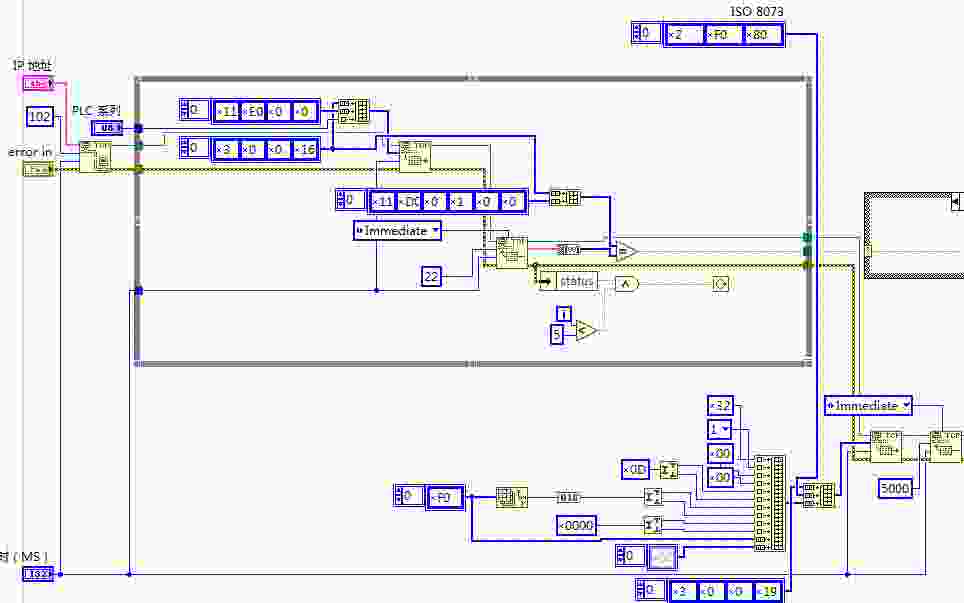
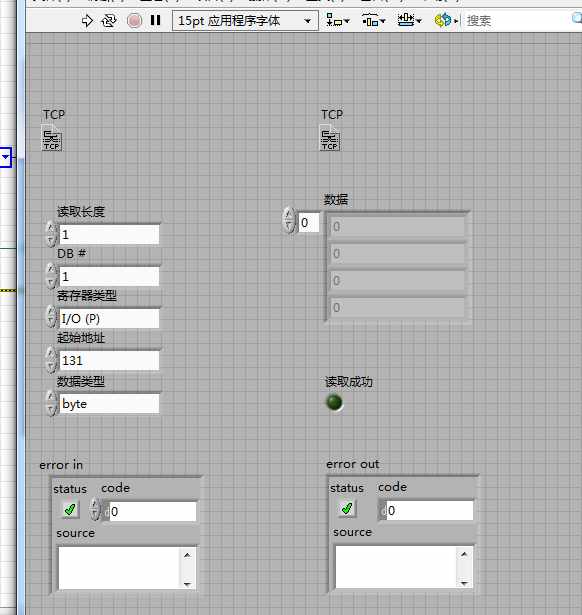




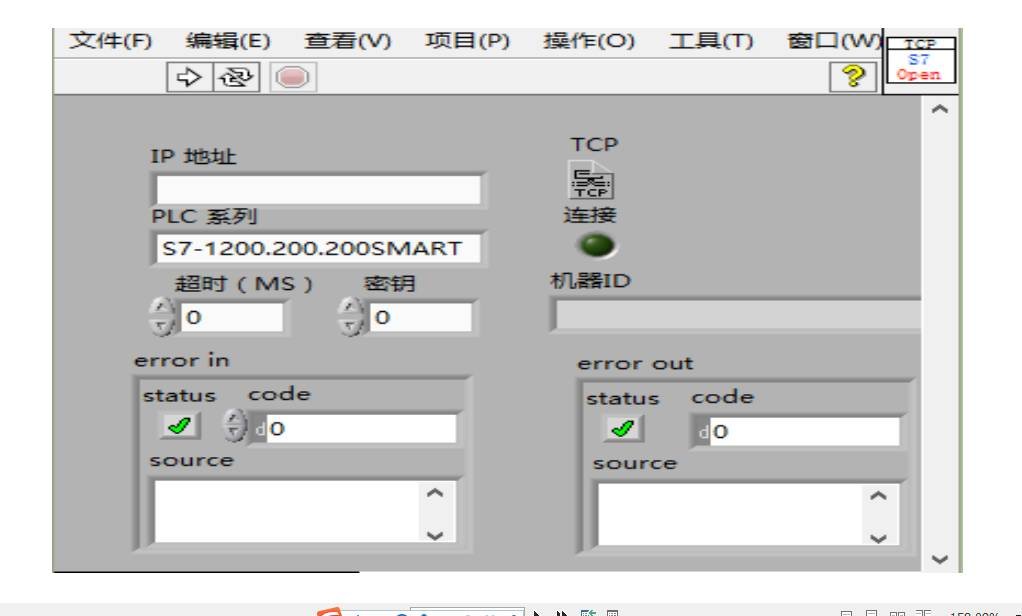
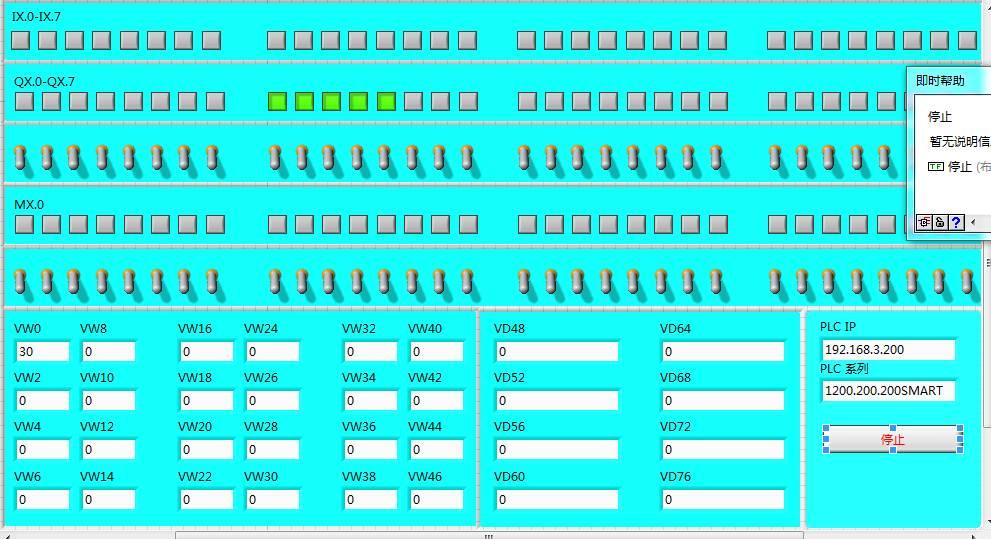
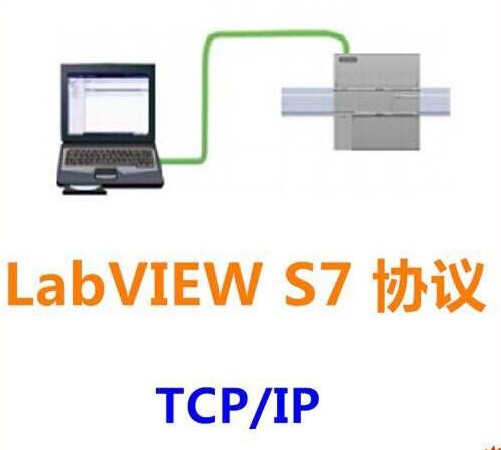
LabVIEW和西门子PLC通信在工业自动化领域中扮演着重要的角色。LabVIEW作为一种直观的图形化编程环境,为工程师提供了一个简化的开发界面,使他们能够通过拖放和连接图标的方式来创建程序。而西门子PLC作为常用的自动化设备,负责控制和监控生产过程。通过LabVIEW与西门子PLC之间的通信,能够实现数据交互和系统的协调控制。
首先,LabVIEW是一种流行的编程语言和开发环境,广泛应用于自动化、测量和控制系统。它的图形化编程方式使得非专业编程人员也能够快速开发复杂的控制系统。LabVIEW可以与各种设备进行通信,包括传感器、执行器和其他计算机系统。通过与西门子PLC的通信,LabVIEW能够实现对PLC的编程和监控,从而实现对生产过程的控制和调节。
西门子PLC作为一种常见的工业自动化设备,被广泛应用于工业领域。它能够接收输入信号,执行特定的逻辑操作,并输出控制信号来实现自动化控制。与LabVIEW结合使用,可以实现对PLC的编程和监测。通过LabVIEW和西门子PLC之间的通信,工程师可以轻松地对PLC进行编程,实现对生产过程的控制。
通信在工业自动化中起着重要的作用。通过通信,不同设备之间可以实现数据的交换和信息的传递,从而实现系统的协调和控制。常见的通信方式包括以太网、串口通信和现场总线等。在LabVIEW和西门子PLC的通信中,通常会采用以太网通信的方式进行数据交互。通过以太网通信,LabVIEW可以实时收集PLC的状态信息,控制PLC的运行,并将数据传输回LabVIEW以进行进一步的处理和分析。
LabVIEW和西门子PLC通信的应用场景广泛。以工业生产过程为例,通过LabVIEW与西门子PLC的通信,工程师可以实时监测生产设备的状态信息,控制设备的运行模式,实现自动化生产和远程控制。此外,LabVIEW和西门子PLC的通信也可以应用于物联网、智能家居等领域,实现设备之间的互联互通和智能化控制。
综上所述,LabVIEW和西门子PLC通信是一种重要的技术应用,它利用LabVIEW作为编程环境,通过以太网通信等方式与西门子PLC进行数据交互和控制。这种通信方式在工业自动化领域中广泛应用,能够实现复杂系统的控制和监测。通过LabVIEW和西门子PLC通信的应用,工程师能够快速开发控制系统,实现自动化控制和智能化管理。
以上相关代码,程序地址:http://matup.cn/583859613305.html





















 1644
1644











 被折叠的 条评论
为什么被折叠?
被折叠的 条评论
为什么被折叠?








